
Personal Protective Equipment Regulation
- Connexions
- 2020-07-06
- 2773
Summary
As of 21 April 2018, Directive 89/686/EEC will be repealed by the new Regulation (EU) 2016/425 of the European Parliament and of the Council of 9 March 2016 on personal protective equipment.
- Personal Protective Equipment (PPE) directive covers “any device or appliance designed to be worn or held by an individual for protection against one or more health and safety hazards”.
- All manufacturers of personal protective equipment are required to meet common standards of quality and performance. In addition, the directive lays down a series of basic health and safety requirements which can be complied with directly for simple equipment and which form the basis of a series of standards for the design and performance of more complex equipment.
- The directive makes no distinction between PPE used for work purposes and that used for leisure.
- The directive came fully into force in June 1995; non-compliant equipment must not be sold, this includes old stock manufactured before the directive came into force.
- The manufacturer is responsible for ensuring that the directive is adhered to. In the UK, the Trading Standards Service enforces the directive. Failure to comply can lead to up to 3 months in prison and/or a fine of up to £5000. Furthermore, manufacturers can be required to recall and replace any equipment found to be faulty.
Purpose
The aim of the PPE Directive is to provide common standards for PPE throughout the EEA and provide health and safety requirements, which all PPE must comply with to ensure the health and safety of users.
Scope
The PPE directive covers any equipment designed to protect against safety and health hazards. In addition, this covers combined PPE intended to protect against multiple hazards, and interchangeable components essential to its satisfactory functioning. “(a) a unit constituted by several devices or appliances which have been integrally combined by the manufacturer for the protection of an individual against one or more potentially simultaneous risks; (b) a protective device or appliance combined, separably or inseparably, with personal non-protective equipment worn or held by an individual for the execution of a specific activity; (c) interchangeable PPE components which are essential to its satisfactory functioning and used exclusively for such equipment.”
All protective equipment is required to comply, whether it is intended for use at work or in the home.
Responsibility for deciding if a product is PPE rests with the manufacturer (or their authorised representative). Manufacturers may seek guidance from various sources, including trade associations, notified bodies, the Department for Business, Energy & Industrial Strategy and independent legal advisors.
The Directive defines three classes of PPE:
Category I Category II Category III
Simple design PPE, PPE which is neither simple nor complex Complex design PPE
The equipment in categories I and III are listed in the Directive. These lists are comprehensive and any PPE that does not clearly fall within the descriptions of either category I or III, will fall within Category II.
Exclusions
Some items of PPE are specifically excluded from the Directive. Again, this list is comprehensive and items of PPE which do not appear on it must be included in one of the three categories mentioned above.
Timescale
The Directive came into force on 1 January 1993 with a transitional period ending on 30 June 1995. As of this date, all PPE as defined in the Directive must comply and be CE marked accordingly. The amending directives concerning CE marking and the transitional period are also now fully in force.
Equipment which is not compliant with the health and safety requirements of the Directive must no longer be sold even if it is old stock. The Directive does not require suppliers to scrap un-marked PPE so long as it is compliant with the other requirements of the Directive, but distributors and retailers must keep any applicable invoices etc to prove the equipment pre-dates 1 Jul 1995.
Manufacturing and Certificates Requirements
For all PPE the Directive lays down requirements for technical documentation and CE marking and for the manufacturer to prepare and make available a Declaration of Conformity.
Category I PPE does not require certification but must be manufactured in accordance with the essential health and safety requirements of the Directive.
PPE in Categories II and III must be independently type tested by a Notified Body to demonstrate that it meets the requirements of the applicable standards. It is not necessary for the production procedure to be independently assessed, but regular samples of production must be submitted for testing.
Category III PPE must be manufactured under an assessed quality management system to ensure on-going production performance matches type tested sample.
Enforcement
Enforcement in the UK is by the local authority Trading Standards Service. Maximum penalties for non-compliance with the Directive itself include 3 months in prison and a fine of up to UK £5000. However, manufacturers may also be required to recall and replace faulty product so the actual costs of non-compliance may be very much higher.
Additionally, non-compliance may only be noticed after an accident or other incident in which case the manufacturer is very likely to also face civil or criminal proceedings resulting from the injuries sustained by the user.

-
 2022-04-26Are air purifiers environmentally friendly ?
2022-04-26Are air purifiers environmentally friendly ? -
 2022-04-26The importance of wearing a mask correctly
2022-04-26The importance of wearing a mask correctly -
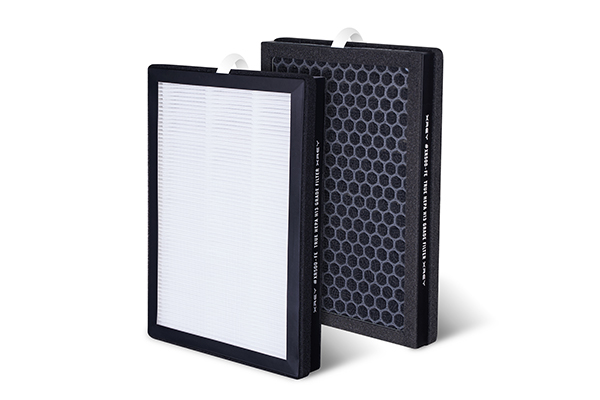 2022-04-27Connexions Air H13 True HEPA Filters
2022-04-27Connexions Air H13 True HEPA Filters -
 2022-04-29What is the use of anion function of air purifier?
2022-04-29What is the use of anion function of air purifier? -
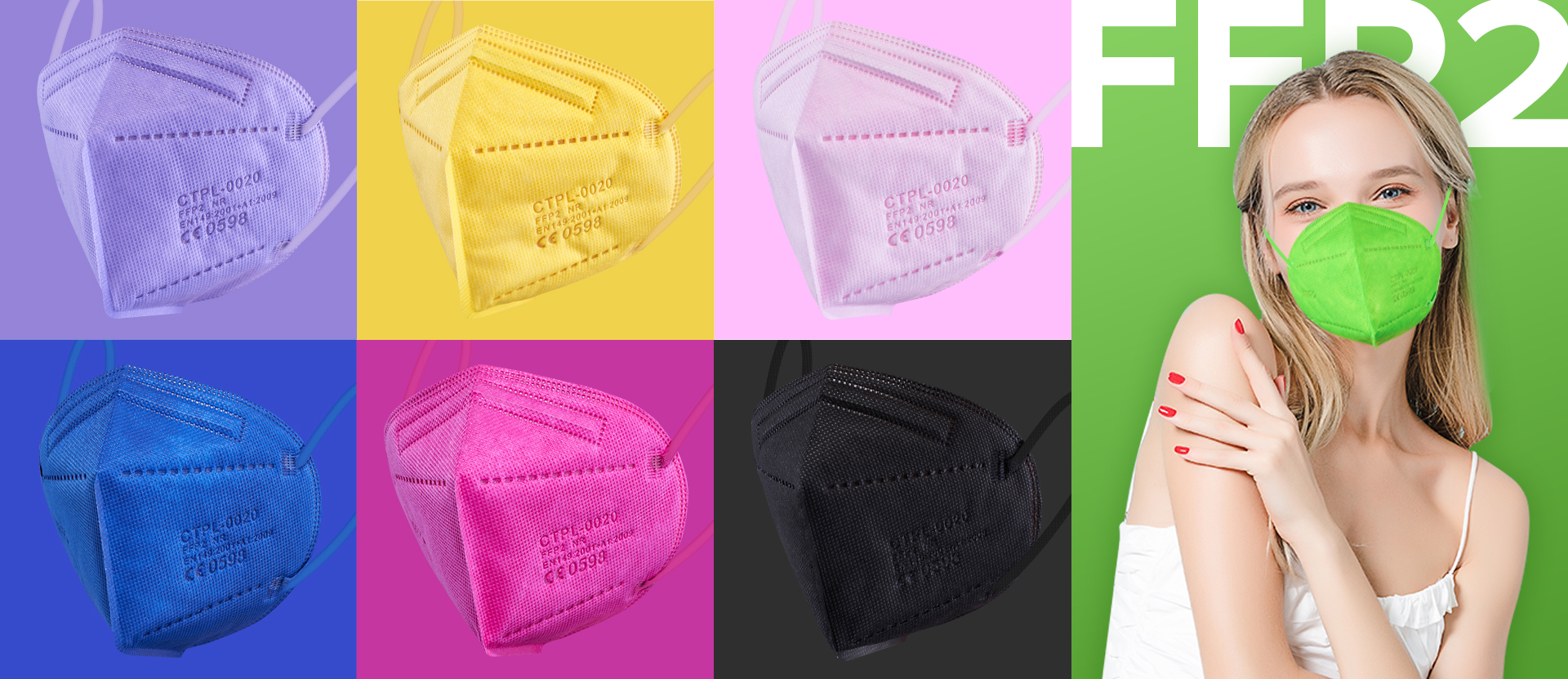 2022-05-08Standardize the wearing of masks, children should not be missed!
2022-05-08Standardize the wearing of masks, children should not be missed! -
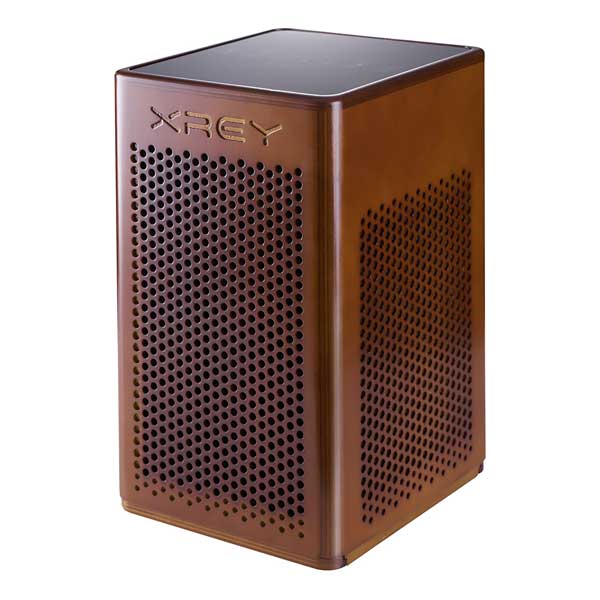 2022-05-16Hazy days, air purifiers are useful?
2022-05-16Hazy days, air purifiers are useful? -
 2022-05-16Attention everyone! Don't buy fake FFP2 masks! How do we identify?
2022-05-16Attention everyone! Don't buy fake FFP2 masks! How do we identify? -
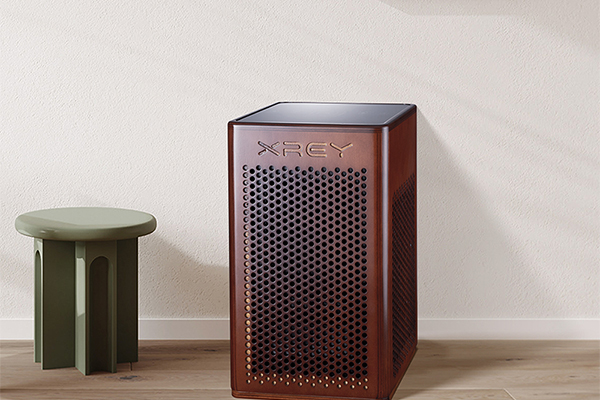 2022-05-17Pay attention to secondary pollution when using air purifiers
2022-05-17Pay attention to secondary pollution when using air purifiers -
 2022-05-17TOP5 pollutants that the purifier can purify
2022-05-17TOP5 pollutants that the purifier can purify
-
 2020-06-02Why do Face Masks Matter With This Coronavirus
2020-06-02Why do Face Masks Matter With This Coronavirus -
 2020-06-02How to Wear Mask
2020-06-02How to Wear Mask -
 2020-06-02Three Principles of Choice of Masks
2020-06-02Three Principles of Choice of Masks -
 2020-06-022020 Situation of Mask Market
2020-06-022020 Situation of Mask Market -
 2020-06-17What other preventative measures can you take to protect yourself from airborne substances?
2020-06-17What other preventative measures can you take to protect yourself from airborne substances? -
 2020-06-08The Advantage of Disposable Face Masks
2020-06-08The Advantage of Disposable Face Masks -
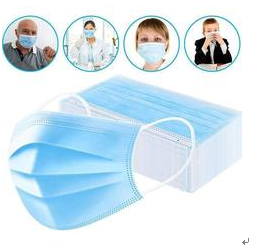 2020-06-093 Ply Disposable Face Mask & Soft & Comfortable Ear Loop
2020-06-093 Ply Disposable Face Mask & Soft & Comfortable Ear Loop -
 2020-06-17What are the regulations for surgical face masks?
2020-06-17What are the regulations for surgical face masks? -
 2020-06-09Do I need to wear a face mask if I am quarantined?
2020-06-09Do I need to wear a face mask if I am quarantined?
CONTACT US


Connexions Technology (Dongguan) Ltd.
We are always providing our customers with reliable products and considerate services.
If you would like to keep touch with us directly, please go to contact us
